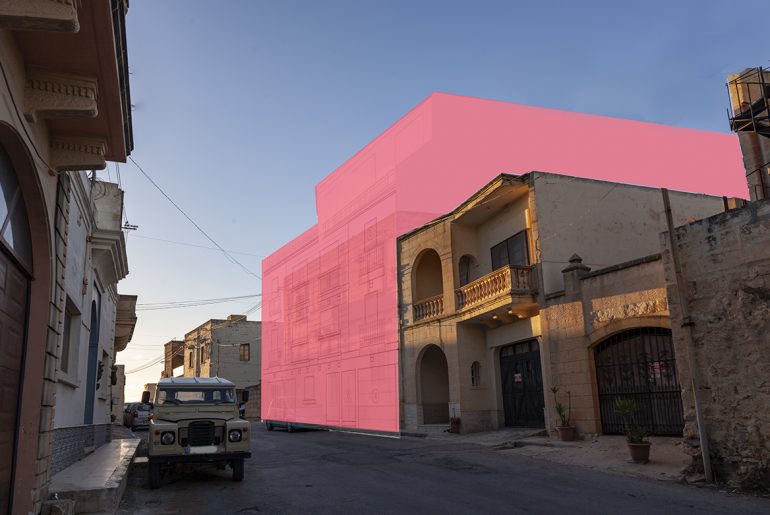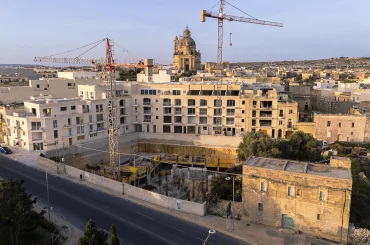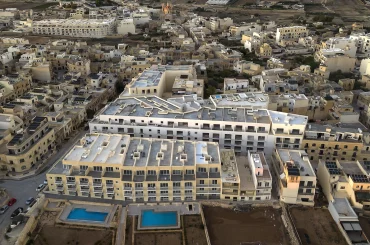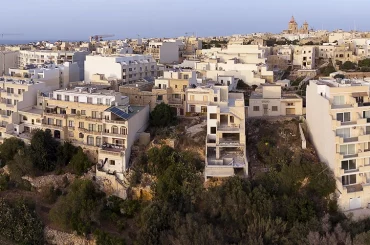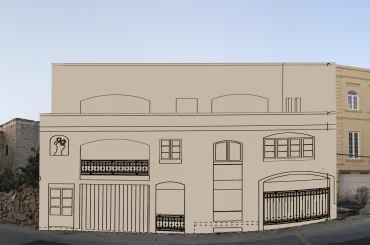The Planning Commission is set to decide on an application to knock down a two-storey townhouse and replace it with a block of five-level flats situated 38 metres away from Ta Bwier Windmill, which was built in 1823.
An earlier application for a six-level block of flats was originally rejected last year. The applicant then reduced the height from six levels to five levels (including underground parking). The Superintendence of Cultural Heritage then said that the “revised proposal will not negatively impact on the context of the Grade 1 Il-Mithna ta' Gnien Xibla”, and that it [the Superintendence] “does not object to the proposed development.”

One of the contestations (aside from a particular policy raised by an objector's architect) is whether the Superintendence is making proper assessment of ‘context’ as defined in a Planning Circular published in 2021, which is aimed at developments that fall just outside Urban Conservation Areas, as well as the setting of scheduled heritage buildings.
The policy on context lists various assessment criteria when considering development applications. Among them there is the following:
The notion of immediate, wider and extended context must be taken into consideration, especially (but not exclusively) where developments which are larger in terms of height, volume and density than the scale of buildings in the vicinity, are proposed. This is especially relevant when dealing with different grades of scheduling, with Grade 1 scheduled buildings being those heritage assets that exhibit significant architectural and historical merits and require the highest in-depth analysis of their setting, its value and any potential adverse impacts on it from development proposals. Thus, an assessment of the setting of Grade 1 scheduled buildings must include all levels of the context – immediate, wider and extended.
In this case, the stretch of street running on either side of the windmill currently consists of one- and two-storey townhouses. (The windmill is set inside an alley 30 metres from street alignment, yet development is still within windmill's 'scheduled setting'.)
This website is publishing sliders that show the street and existing buildings as-is alongside superimposed digital projections of the proposed blocks of flats.
Donate to Planning Emergency
The investigative articles into perverse planning or damaging development published on this website take time, resources, and effort to put together. These articles make impact by the robustness of the research and the professionalism of the reportage. Your support is needed to sustain this kind of impactful reportage. This website's donation setup itself is uniquely transparent, with targeted amounts that allow tracking of donations in real time. Contribute as little as €5 to sustain active planning journalism that makes an impact.

